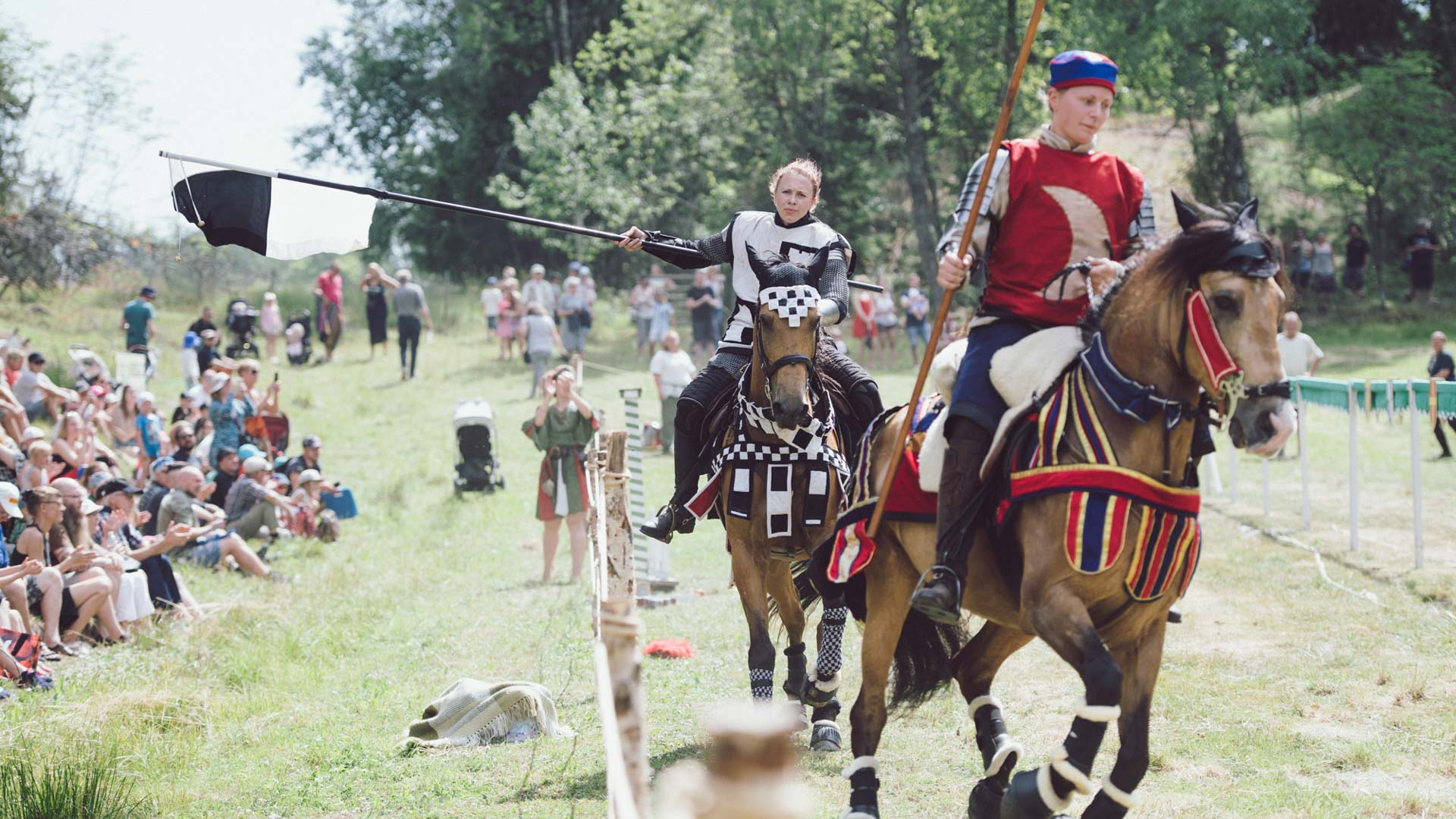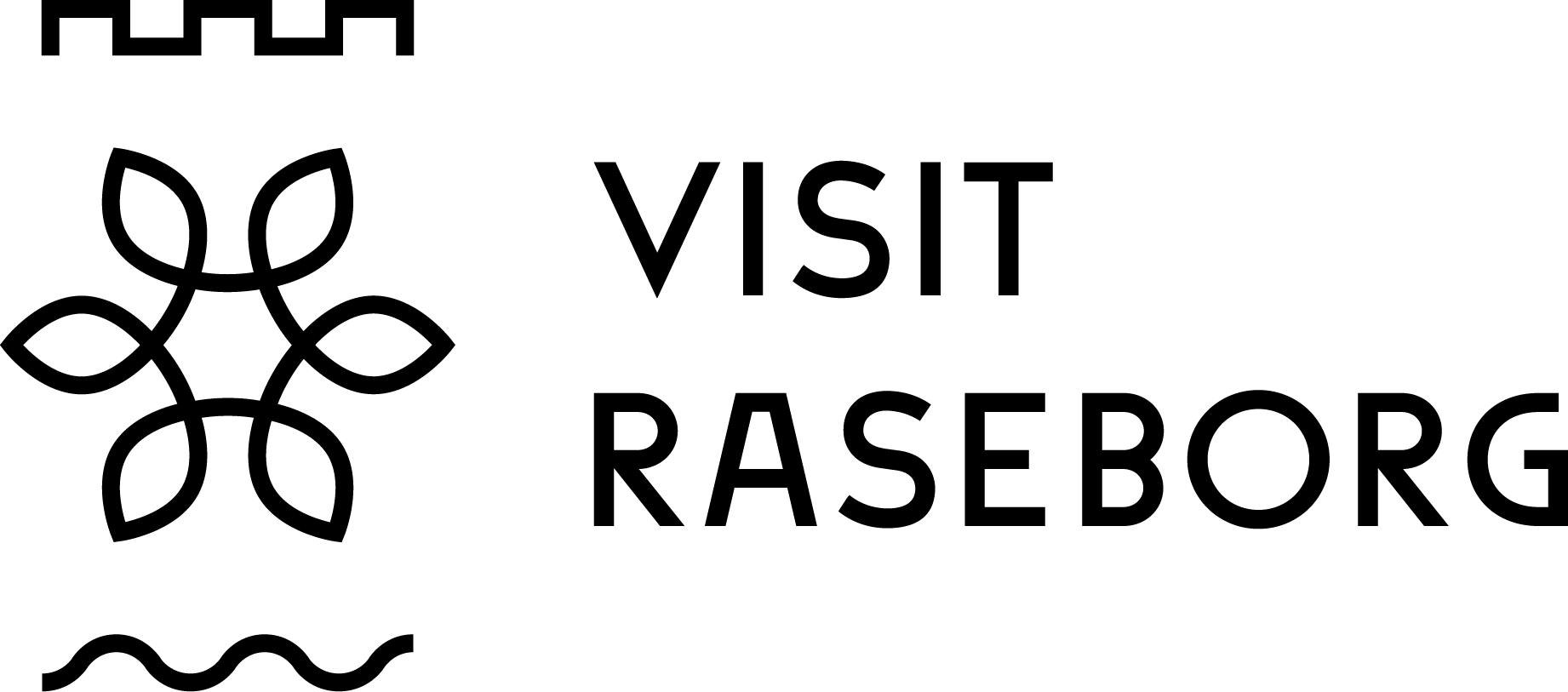
Bring history to life in Raseborg
The rich history of the municipality of Raseborg lives on in mills and smithies, castles, villages, museums, monuments and vibrant cultural landscapes. Let yourself be transported to another era as you visit a plethora of well-preserved historical milieus and experience life as it was long ago.
Here are our best tips for experiencing history in Raseborg:
Visit the charming seaside town of Ekenäs

Start from the Tourist service point in Raseborgs Museum, and pick up a map and an architectural guide to the Old Town. Make your way to Linen Weaver’s Street (Linvävaregatan), the oldest street in the city. Here, the streets have stayed frozen in time since the 16th century. The street names such as Hatter’s Street (Hattmakaregatan), Linen Weaver’s Street (Linvävaregatan), Cloth Weaver’s Street (Handskmakaregatan), Smith’s Street (Smedsgatan) and Tanner’s Street (Garvaregatan) reveal the skilled artisan tradition of Ekenäs, and describe how the townspeople made a living hundreds of years ago. Peek into the grey stone church, built in the 1680s, and scope out the valuable communion cup from the 1600s. Cross the market square and wander onto Kungsgatan (King’s Street), the oldest pedestrian street in Finland. Turn right about halfway up, and visit Wi-Box café for beautifully crafted pastries and confectionery.
To immerse yourself in the history of Raseborg, visit Raseborg Museum.
Svartå Manor
The meticulously restored Svartå Manor with its unique park and White Guide Nordic-listed restaurant is a must-see. Today Svartå Manor functions as a museum, and the interior is restored to its original state with its different tiled stoves, Gustavian furniture and of course the original parquet floors. Book a guided tour to see all the rooms. Or, take a stroll in the beautiful park. It is a true retreat for the soul with its winding paths, romantic bridges, statues, and the unique water lily path over the water. Round out the day with some fine dining in the lovely Slottskrogen restaurant.
Raseborg Castle

Turn back time at the stately Raseborg Castle ruins near the historic village of Snappertuna with its beautiful little church. Pop into Slottsknektens stuga, Finland’s first tourist cottage which was built in 1893 right next to the castle, and enjoy some lunch or a cup of coffee. You can then participate in a guided tour, or explore the nooks and crannies of the castle on your own. Or, pack a picnic and relax on the lawn in the shade of the ruins. The castle is usually open from late April until the end of September, when the castle goes to sleep for the winter.
Historical villages of Fiskars and Billnäs
Time stands still at the former ironworks villages of Fiskars and Billnäs. Experience these villages as they once were. The villages offer a cultural landscape with beautiful architecture, historical industrial buildings, rivers and rapids, well-maintained parks and intriguing events.

Upon arrival in Fiskars, you will pass some old houses; among these the Assembly Hall and the hotel and restaurant Fiskars Wärdshus, after which the village road opens up. The buildings connected to the production of iron are lined up along the road: the Granary, The Old Mill, Copper Smithy, Hotel Torby, and the Glass Studio. Participate in a child-friendly DIY workshop, or visit a glassblower and blow your own glass figurine before taking a lunch break in the charming bookstore Café Antique. Try their delicious soup, or the aromatic cinnamon rolls with some coffee.

Billnäs village is located in a beautiful area by the Svartå river and the old King’s Road. The fascinating village has, like Fiskars, had a central role in the establishment of Finnish industry, and has been gradually restored. Visit Billnäs Chocolate Factory and taste their delicious hand made chocolate. You can also witness the production processes through glass windows that separate the shop from the factory.
Malmbacka charcoal village
Malmbacka charcoal village is a short drive from the Raseborg Castle Ruins. Here you can learn how charcoal was produced in the 17th and 20th centuries for the use of the ironworks in Western Uusimaa. The area contains three old charcoal hearth bases, one of which has been restored. You can book guided tours and overnight stays in huts or simple log cabins all year round, but in September the kilns are lit again and you can experience the magic of the past. Read more about Malmbacka: malmbacka.fi
Are you left wanting to learn more? Visit Raseborgs wonderful museums!

